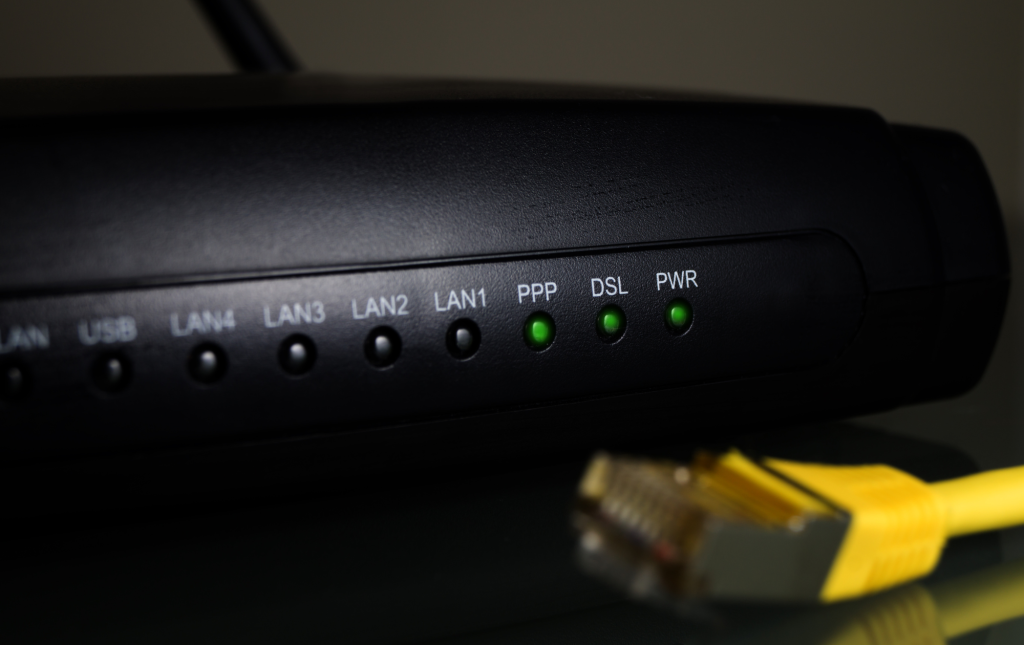Do you know what internet connection types are available in your area? The internet is an awesome tool that most of us use in some way or another every day whether it’s reading the news, looking at this blog, communicating with friends or making online payments.
The internet is how we connect with the world. So, understanding the different ways in which we can connect our office or household to the internet is important. Your internet or broadband connection type can affect speeds, reliability and available plans and packages. Read on to learn about each common connection type.

DSL Internet Connection
You’ve probably heard of DSL before. It’s the connection type many of us used when we first gained an internet connection. DSL stands for Digital Subscriber Line and uses old copper telephone lines generally installed in most homes and buildings.
DSL especially VDSL is a great alternative where fibre isn’t an option. However, you won’t be able to choose your connection speed, and the length and quality of your copper line can affect the service.
DSL encompasses both ADSL and VDSL. ADSL isn’t as common nowadays and uses mainly copper cabling and older technologies. Because of this, ADSL is the slowest cable internet connection available. Providing speeds of up to 24Mbps.
Thankfully VDSL (super-fast broadband) is available to 80% of New Zealand homes and delivers speeds of up to 70Mbps. VDSL uses the fibre network to get to a cabinet positioned on the street, and then uses the copper network via telephone lines from the cabinet to the home or office. One good feature of DSL is that it uses a dedicated line to your property. Therefore, bandwidth is available just for you, meaning the connection won’t slow down in peak times.

Ultra-Fast Fibre Connection
Ultra-Fast Broadband or UFB provides the best broadband available. With ultrafast speeds and consistent performance. UFB relies on fibre as its core technology. With the help of fibre optic cables composed of thin strands of glass, fibre is known to deliver the fastest speeds!
Your speeds depend on your retailer, available plans for your address and the plan you settle on. These range from Home Fibre Starter (50Mbps) all the way to Hyperfibre (2000Mbps). To find out what options are available at your address head to the Chorus Broadband Checker.
Apart from its great speeds, fibre also offers the most consistent performance. The main downfall is that there are a number of rural locations where fibre is not yet offered. For many, the set-up costs can often be prohibitive. In that case you might need to look at one of the following options.

Wireless Connection
If a wired connection like DSL or Fibre isn’t available where you are, or you need internet on the go, then a wireless connection might be what you need.
Wireless broadband uses 4G (Fourth Generation) and 5G (Fifth Generation) mobile networks. Both utilise mobile phone towers to provide a wireless internet connection to your devices. This means that unlike a wired connection, the signal is shared with everyone and speeds can slow at peak times.
A good Wireless Broadband connection is also reliant on good 4G/5G coverage. In remote areas with limited coverage this can be hard to come by. If possible, a wired connection like VDSL or Fibre is the preferred option so it’s worthwhile checking if these are available in your area.

Starlink
The final option we’re covering today is Starlink. This wireless internet connection type operates off radio waves sent between an orbiting satellite to a specialised satellite dish at your home. This means that if you have a clear view of the sky, you will be able to connect. In recent years Starlink has become more affordable and can now be purchased from major electronic retailers like JB Hi-Fi. Starlink speeds in New Zealand can vary and may be affected by poor weather. But, according to their website, users can expect download speeds between 25 and 220 Mbps and upload speeds between 5 and 37 Mbps.
The main disadvantage of Starlink, aside from the weather interruptions, can be the latency. As the signal must travel a long distance there can be a delay. This may make the service undesirable for some users, especially the likes of gamers.
New Zealand has some very remote areas and getting a stable internet connection is not always easy. Making sure you understand different internet connection types comes in handy! The first step you take should always be establishing what connection options are available in your location. You can do this by using a few handy tools. For example, Broadbandmap or Chorus’ Broadband checker. Once you know what’s available you can then compare broadband plans using Broadband Compare. If you need help getting connected, then the friendly team at Geeks on Wheels can help out!